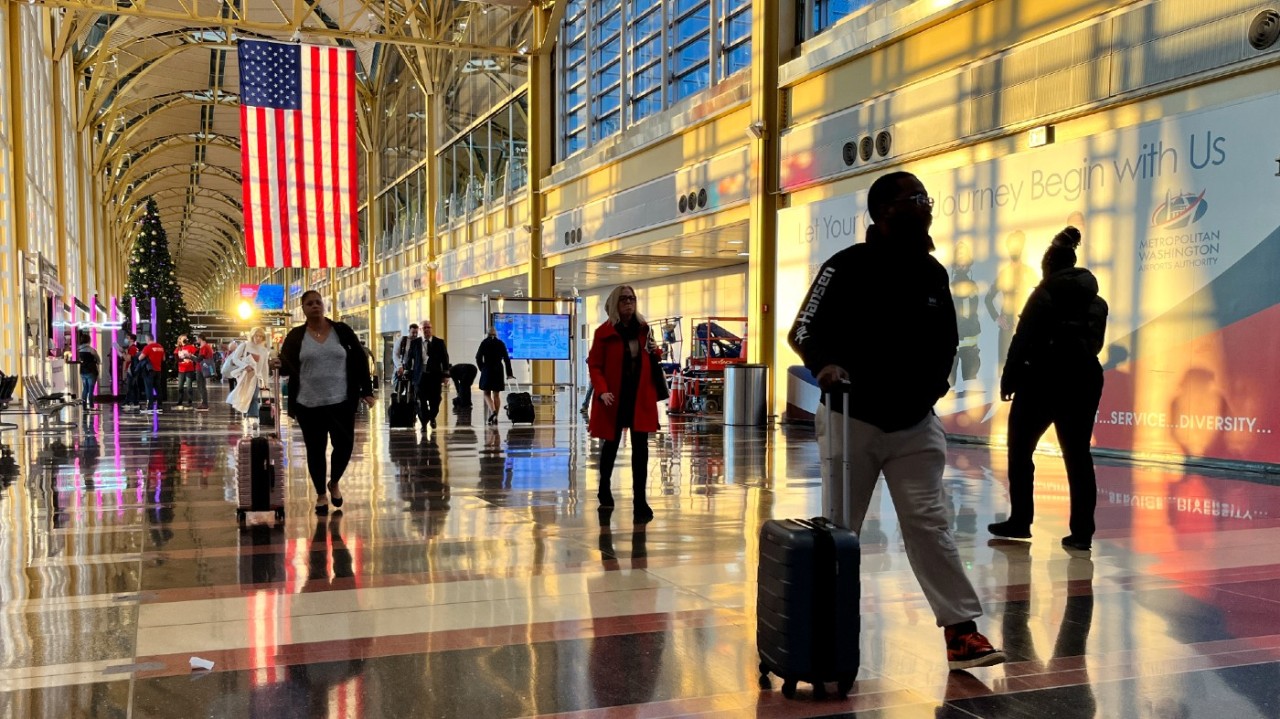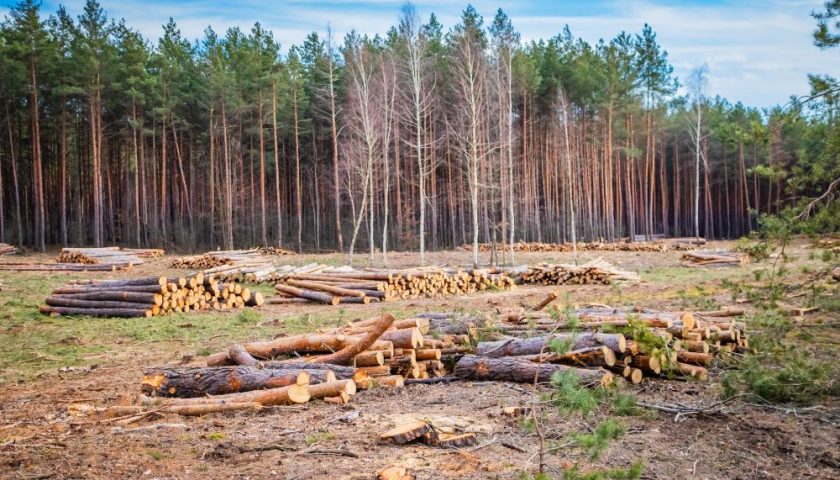The U.S. Travel association added Spanish- and Portuguese-language access to its online campaign against long visa wait times.
The move comes amid stubbornly high wait times for visas for people from essential business and tourism partners like Mexico and Brazil, hurting U.S. tourism and international business revenue.
“With the launch of these new multilingual websites, we aim to give a voice to potential visitors who are waiting hundreds of days just to get an interview to visit the U.S.,” said U.S. Travel Association President and CEO Geoff Freeman.
The new language access for USVisaDelays.com and the associated “They Wait, We Lose” campaign reflects the impact of countries like Mexico and Brazil in the U.S. travel industry.
Mexicans represented nearly half of all total foreign arrivals to the United States in 2021, according to the Department of Commerce.
That year, 10.4 million Mexicans visited the United States with a visa, a recovery from the 7 million who visited in 2020 during the height of the pandemic, but still far short of the 18.1 million Mexicans who visited the United States in 2019.
Mexicans along the border routinely visit the United States for everything from daily errands to social visits, and they represent the largest segment of Mexican travelers to the United States.
But according to Department of Commerce figures, Mexican air travel to the United States is outpacing border land crossings in returning to pre-pandemic traffic.
In 2021, 3.3 million Mexicans entered the United States by air, outpacing 2019’s pre-pandemic figure of 2.8 million.
Still, visa processing delays in countries like Mexico, Brazil and India represent a bottleneck for would-be travelers.
According to an October report by U.S. Travel, the delays will keep 6.6 million people away from the United States in 2023, leading to a loss of $11.6 billion in projected spending.
According to the report, about half that lost revenue would have come from Mexico, Brazil and India.
Visa processing has always included a fair share of red tape, but it has become an increasingly complex and understaffed process involving the departments of State and Homeland Security.
For the most common tourism/business visa, the B-1/B-2, applicants are required to conduct an in-person interview with a State Department official at the consulate where they apply.
First-time applicants face an average wait of 400 days to schedule that interview, with delays up to 800 days, and average processing time of 600 days in Mexico, according to U.S. Travel.
That means a businessman in the United States’ second-largest trading partner could need two years to schedule an in-person meeting with colleagues in the United States.
The State Department in November announced measures to reduce wait times, including hiring more personnel to fill gaps after the pandemic hiring freeze.
State’s figures show processing has sped up for educational and temporary agricultural worker visas, but travel industry leaders say the wait times remain unacceptably high for tourism and business travelers.
“We cannot afford to turn these visitors away, but they will simply choose other destinations unless the Biden administration commits itself to reducing visitor visa wait times,” said Freeman.





